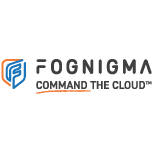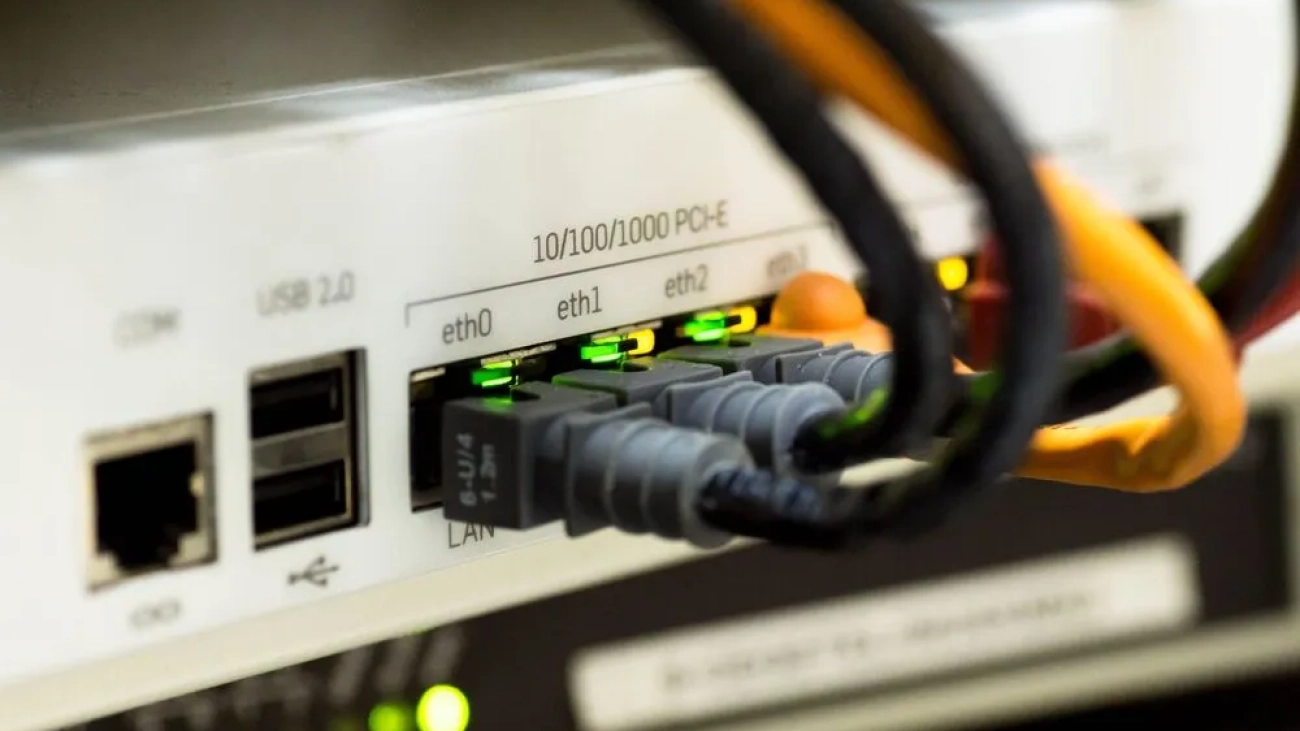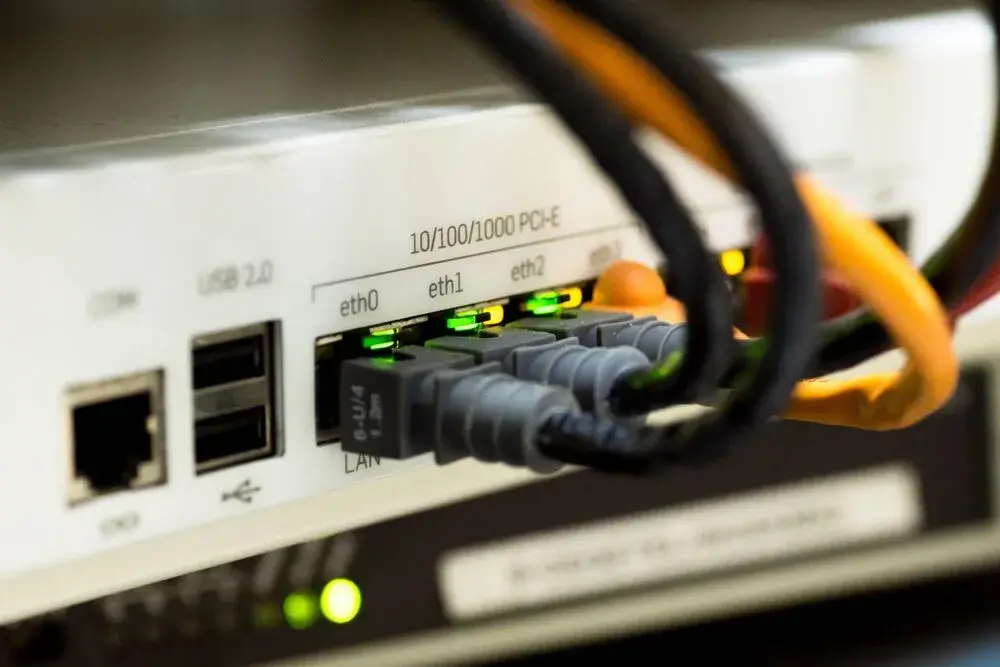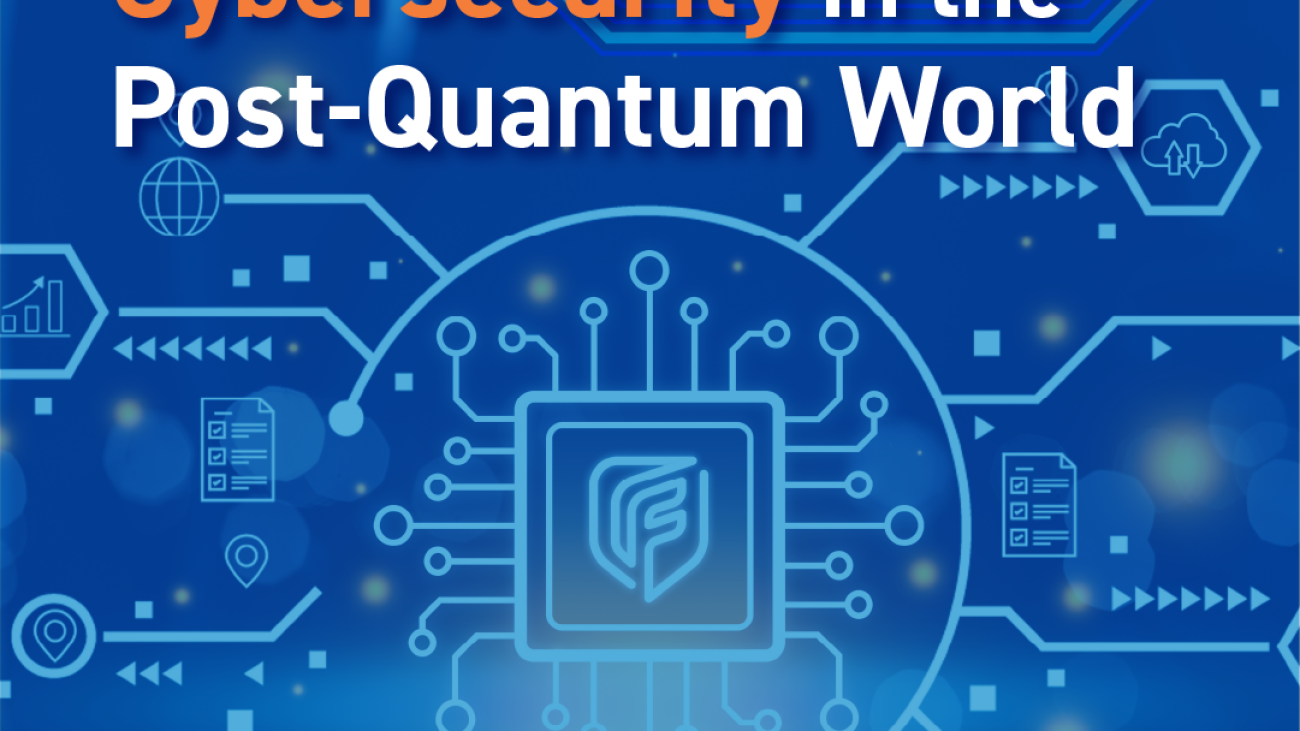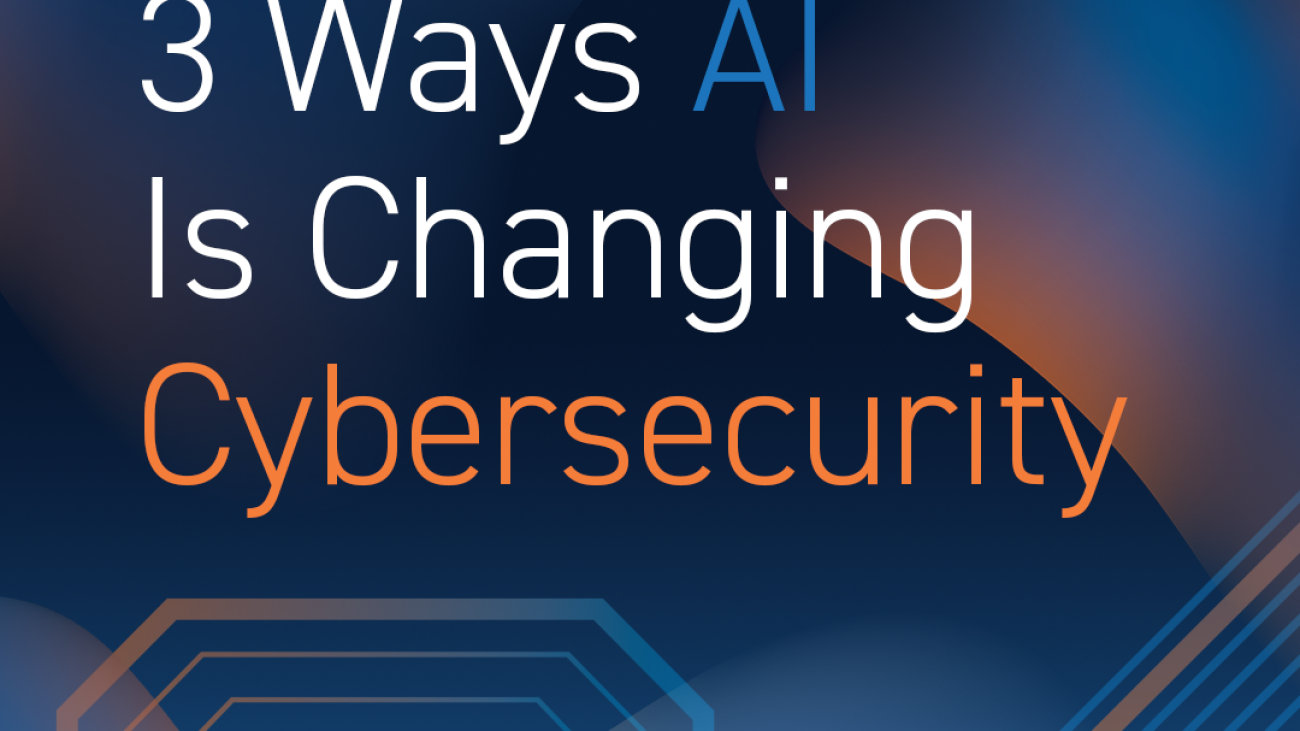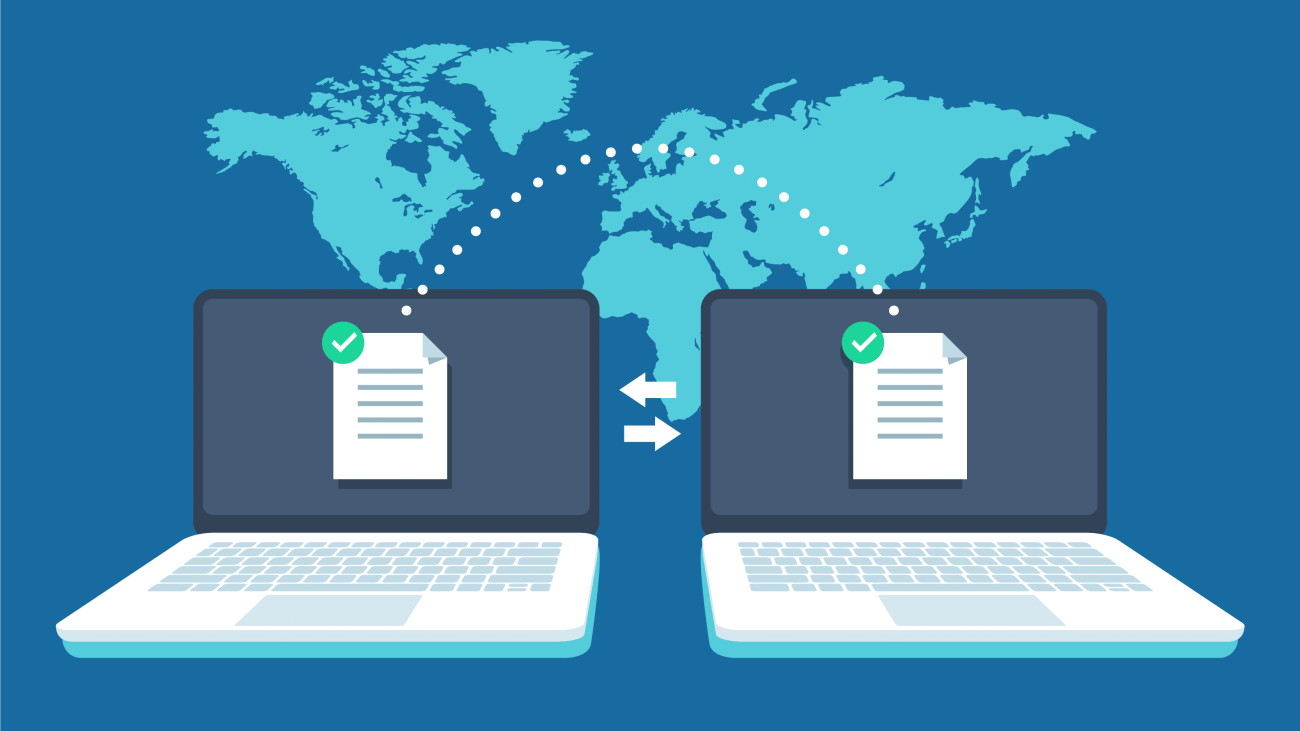
Working in a remote environment used to be somewhat of a rarity, but now, after COVID, remote work is more popular than ever. Collaborating across the world while staying put in your home or personal office space is the new norm. However, with all this flexibility and accessibility, there needs to be more security protocols in these virtual workspaces.
For remote employees, knowing how important it is to have a secure network while maintaining a robust remote business environment can be easier than ever with Fognigma’s secure, traceless, and zero-trust network. Read on for more on how it is done.
Resilience in Remote Work

With the COVID-19 pandemic, the corporate landscape around the world shifted. Most of these companies adopted a remote work environment and realized its benefits, so they stayed the course four years later. While companies saved money on overhead costs and more, there was light shed on the fact that security needs to be amped up from what it was initially. Here is a look at how remote work can make organizations remain resilient in the face of security risks.
Reliable Internet Connectivity for a Secure Collaboration Platform
A fast internet connection is gold for remote employees. It can affect their daily operations, so it is essential to have a primary internet source and an alternative one if a power outage or connection issue occurs. Some find a personal hotspot or even a generator can be good substitutes for home networks.
Mental Resilience Tips
Having to work remotely can be stressful mentally. Resilience can help with your overall mental well-being, so try to set up a regular schedule of online meetings and self-care routines and have organized dedicated workspaces. All of this can help manage stress effectively.
Security Measures for Remote Working

As we have mentioned, security is everything in a remote work environment. Here are some things you can think about regarding remote security.
VPN Usage and Encryption
VPNs are great for every remote worker. They are a secure tunnel that encrypts your data going to and from your device. This way, hackers will take a lot of work to get in. Fognigma’s network solutions can help take security even further with traceless encryption, annual data breach tests, and other access management services that guard your information against the most advanced cyber threats.
Two-Factor Authentication
Two-factor authentication or multi-factor authentication is becoming more and more popular with remote workers. It can give the user an extra layer to maintain security that some companies may not already have. It could be in the form of a specific code being sent to the user’s phone when they try to sign in so unauthorized users cannot access confidential information.
Regular Software Updates
Believe it or not, software updates are a big part of being secure. Your computer or smartphone’s software can be upgraded to help protect against any security risks or flaws that cybercriminals might exploit, so make sure you are regularly updating your devices. Regular updates patch vulnerabilities that attackers could exploit.
Data Backup and Recovery Plans
Companies like Fognigma will provide secure data storage systems that ensure your information is backed up securely, so you do not have to worry about losing crucial work during unfortunate situations. It is essential to have a backup and recovery plan, whether through cloud services or external hard drives.
Encrypted Collaboration Tools for Remote Teams

Another important part of remaining secure in a remote work environment is encrypted communications and collaboration programs. Popular cloud communication platforms are Slack, Microsoft Teams, and others that can offer clear communication without the risk of sensitive information being leaked. With Fognigma’s secure network, all communication and file sharing are encrypted, making it virtually impossible for any unauthorized users to access confidential information.
File Sharing Secure Collaboration Tools
Sharing files is a big way for hackers to get into your information. Protected file-sharing programs are a great way to prevent unauthorized data access and potential breaches. Fognigma’s file-sharing solution offers secure, encrypted file sharing on project management that keeps all your sensitive documents safe and secure from third-party access, all to minimize risks.
Training and Awareness
Having employees be aware of how important cybersecurity is the first step in preventing potential risks. Companies should provide regular security awareness training on remote work security teams and the protocols in place, such as password management, malware protection, and phishing scams. This way, everyone is on the same page and understands their role in keeping the team and remote work environment secure.
Phishing Awareness
Those emails that say, “Click here for a free gift card” are common phishing attacks that can be sent to a company or organization’s entire staff. It is important for your workers to be familiar with these phishing emails and know how to avoid potential hacks or cyber threats. Conducting simulations can be a great way to test employees’ knowledge and educate them on how to spot and avoid phishing attacks.
Secure Password Practices on a Cloud Communication Platform
A unique, strong password is a sure way to hide your information. Even some password manager programs can help fortify the first line of defense against unauthorized access. Also, changing passwords frequently is recommended, and never use the same password for multiple accounts.
Conclusion
Remote work is a popular trend that seems to be staying around for a while. It has many benefits but can also bring potential threats to your online activity, files, communication, and more. It is important to have strategies in place for the best security and resilience for remote employees. Whether it is through secure collaboration tools, end-to-end encryption networks and file sharing, or proper training and awareness, companies can ensure their data and employees are protected while working remotely.
Fognigma’s Zero Trust Network exemplifies the advances in secure networking technology, offering a level of encryption that future-proofs remote work infrastructures against evolving digital threats. By adopting these practices and promoting an organizational culture that prioritizes security, we can safeguard our businesses while reaping the rewards of remote work.
